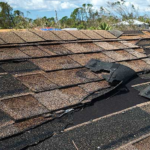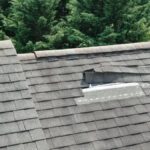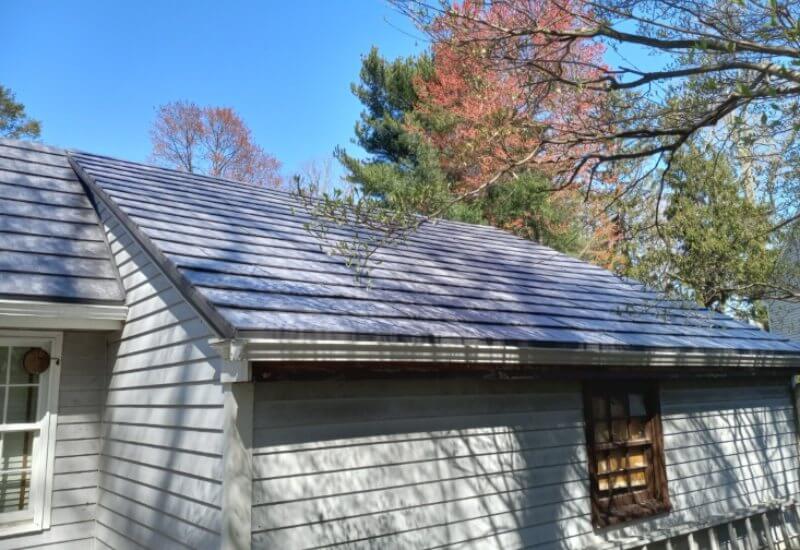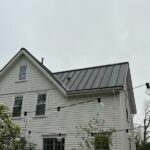Roof Pitch
FACT
Various roofs are engineered for use on particular roof pitches. Most metal roof profiles have no maximum pitch on which they can be used. In fact, due to their interlocking nature, they are even ideal for vertical surfaces, unlike standard shingles which will not seal well on steep surfaces and also unlike heavy tile products which pose a tremendous “sliding threat” on steep surfaces. However, most metal roofs are designed with specific minimum pitches over which they should be installed.
ANALYSIS
The minimum required pitch will vary based upon the metal panels’ design and configuration. Generally, vertically seamed panels that have tall seams can be used on the lowest pitches. This is because they can handle a very large volume of rain water without the seams “flooding out” and allowing water infiltration. Most shingle, shake, and tile facsimiles require a roof pitch of at least 3:12. A formed shake panel with a 12” high exposure that has a butt thickness of 1.25”, as an example, will actually create a negative 1.25:12 pitch when it is installed. Therefore, if such a panel is applied to a roof with 2:12 pitch, the panels are sitting at a pitch of 0.75:12. Even though these panels interlock on all sides, there is a very high probability that, at that sort of pitch and especially with heavy rains, rain water will not be able to flow off of the roof quickly enough and it will instead “pool” on the metal panels and eventually flood out the interlocks, forcing its way underneath the roofing panels. If this occurs, it will lead to roof leaks and subsequent damages.
SOLUTION
Metal roofing is a very dependable material and, while it has no maximum roof pitch, under no circumstances should a metal roof system ever be installed at a roof pitch lower than the minimum pitch recommended by its manufacturer.
Persons with interest in how to determine roof pitch should read Technical Bulletin #18.




